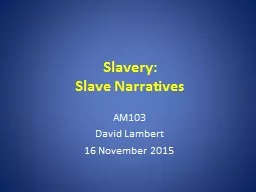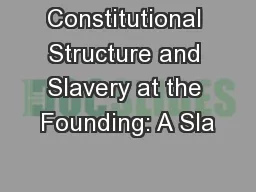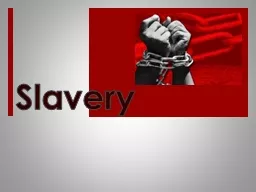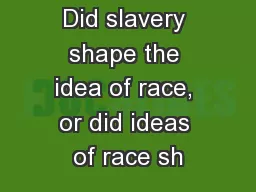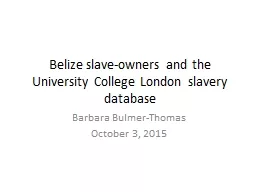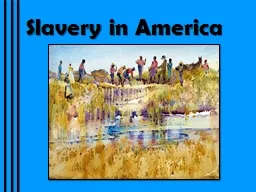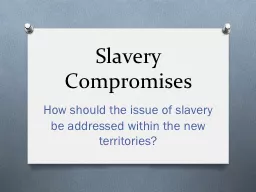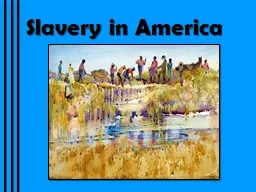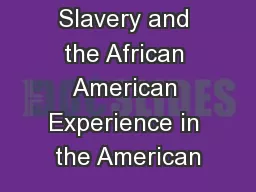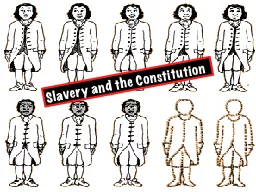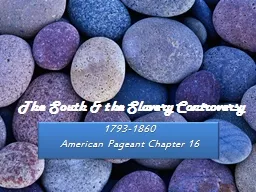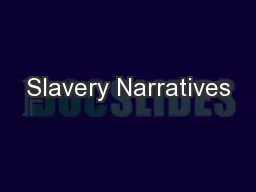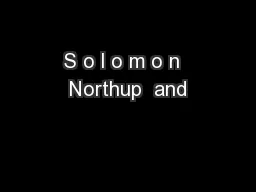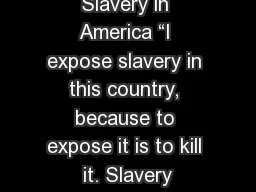PPT-Slavery: Slave Narratives
Author : aaron | Published Date : 2018-10-12
AM103 David Lambert 16 November 2015 Humanist vs quantification A cademic scholarship on transatlantic slavery can schematically be divided between two opposed
Presentation Embed Code
Download Presentation
Download Presentation The PPT/PDF document "Slavery: Slave Narratives" is the property of its rightful owner. Permission is granted to download and print the materials on this website for personal, non-commercial use only, and to display it on your personal computer provided you do not modify the materials and that you retain all copyright notices contained in the materials. By downloading content from our website, you accept the terms of this agreement.
Slavery: Slave Narratives: Transcript
Download Rules Of Document
"Slavery: Slave Narratives"The content belongs to its owner. You may download and print it for personal use, without modification, and keep all copyright notices. By downloading, you agree to these terms.
Related Documents

